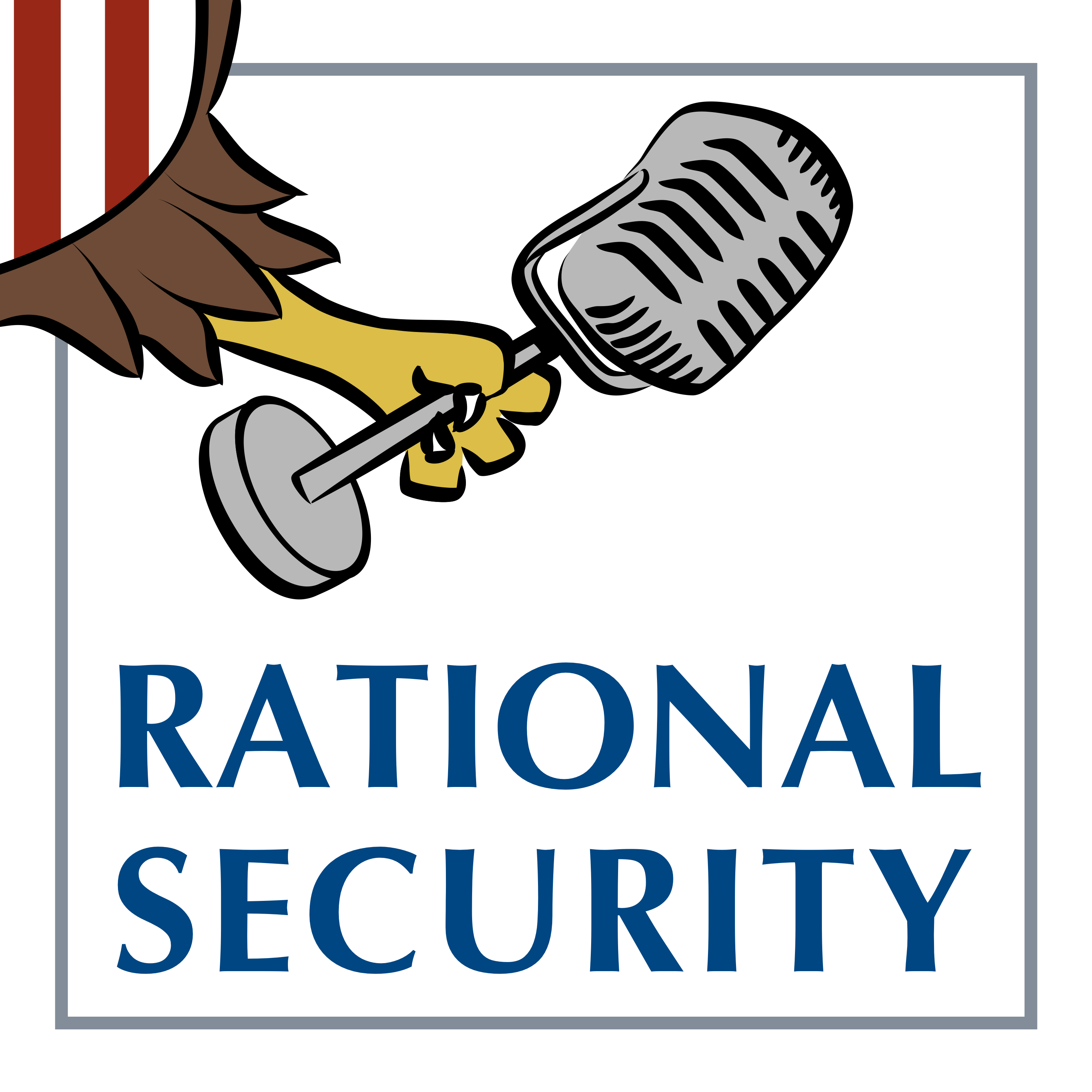Thoughts on S.3707, Part II: Codifying Existing Understandings
I wish to continue my analysis of the Graham habeas legislation by pointing out a few things the bill does not do. It is important to appreciate the bill's limited impact, for that is actually one of its virtues. It does not in any way impact the scope of federal court jurisdiction to entertain habeas claims. It neither expands habeas jurisdiction nor attempts (as Congress has in the past) to narrow it.
Published by The Lawfare Institute
in Cooperation With

I wish to continue my analysis of the Graham habeas legislation by pointing out a few things the bill does not do. It is important to appreciate the bill's limited impact, for that is actually one of its virtues. It does not in any way impact the scope of federal court jurisdiction to entertain habeas claims. It neither expands habeas jurisdiction nor attempts (as Congress has in the past) to narrow it. It simply codifies and clarifies the rules for whatever cases the courts ultimately end up hearing, whether those are limited to the cases from Guantanamo or instead include claims arising out of Afghanistan or elsewhere. Moreover, aside from confirming the existence of detention authority as a baseline matter, the bill does not seek to regulate the fine points of detention practices in the field or to otherwise impact detention practices outside of the context of habeas litigation. The idea, in other words, is not to regulate detention itself but to regulate the adjudication of detention to whatever extent the courts undertake such adjudications.
In many areas, the bill’s chief contribution would be less the defining of rules than the codification of rules that have already emerged in the habeas litigations. This function may initially sound trivial, but it isn’t. Having these rules in statute would give them a degree of democratic legitimacy they do not have when simply a matter of practice from the courts themselves. It would also give them stability. Some of these emerging rules, after all, reflect the overwhelming weight of opinion of the courts, but not quite a consensus—thus giving rise to the possibility, however remote, that later appeals will upset the contemporary understanding. To return to an example I discussed earlier, almost all of the district judges agree that the government bears the burden of proof in these cases and that the government must prove its case by the preponderance of the evidence. A recent D.C. Circuit panel, however, ordered briefing on the subject, and its eventual opinion cast the preponderance standard into significant doubt—suggesting that the government’s burden may ultimately prove significantly lower. By codifying certain existing understandings, the bill would provide greater certainty and stability about rules that are not particularly controversial but whose vitality is less than 100 percent certain in the current environment.
Along these lines, the bill would codify a number of rules already adopted to one extent or another by the courts, including provisions that would confirm that:
So here’s my first question to the human rights community and the habeas bar: Do you object to legislative action that does nothing to alter the status quo but merely codifies the points the courts have already largely settled?
In many areas, the bill’s chief contribution would be less the defining of rules than the codification of rules that have already emerged in the habeas litigations. This function may initially sound trivial, but it isn’t. Having these rules in statute would give them a degree of democratic legitimacy they do not have when simply a matter of practice from the courts themselves. It would also give them stability. Some of these emerging rules, after all, reflect the overwhelming weight of opinion of the courts, but not quite a consensus—thus giving rise to the possibility, however remote, that later appeals will upset the contemporary understanding. To return to an example I discussed earlier, almost all of the district judges agree that the government bears the burden of proof in these cases and that the government must prove its case by the preponderance of the evidence. A recent D.C. Circuit panel, however, ordered briefing on the subject, and its eventual opinion cast the preponderance standard into significant doubt—suggesting that the government’s burden may ultimately prove significantly lower. By codifying certain existing understandings, the bill would provide greater certainty and stability about rules that are not particularly controversial but whose vitality is less than 100 percent certain in the current environment.
Along these lines, the bill would codify a number of rules already adopted to one extent or another by the courts, including provisions that would confirm that:
- the U.S. District Court for the District of Columbia has exclusive jurisdiction over the initial review of all habeas corpus cases involving persons held at Guantánamo or whom “the United States seeks to hold as an unprivileged enemy belligerent”;
- the government has the burden of filing a factual return in response to a habeas claim and ultimately proving by a preponderance of the evidence that the detention in question is lawful;
- the items submitted by the government “shall be subject to a rebuttable presumption that such evidence is authentic” but not that such evidence also is accurate; and
- courts may not order the government to bring into the United States a detainee who prevails in his habeas challenge.
So here’s my first question to the human rights community and the habeas bar: Do you object to legislative action that does nothing to alter the status quo but merely codifies the points the courts have already largely settled?
Benjamin Wittes is editor in chief of Lawfare and a Senior Fellow in Governance Studies at the Brookings Institution. He is the author of several books.


.jpg?sfvrsn=bc558971_2)


